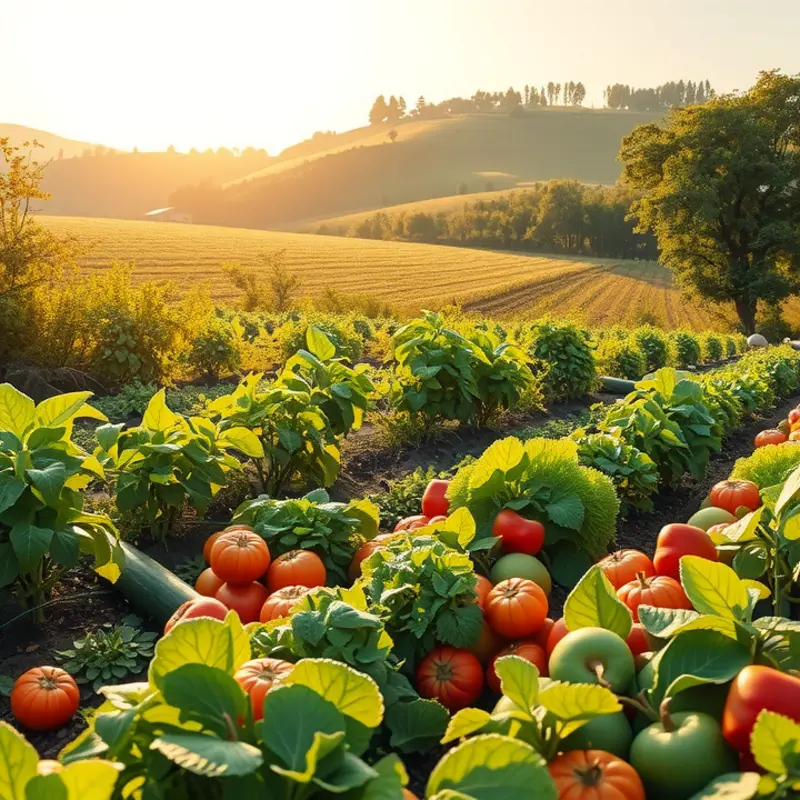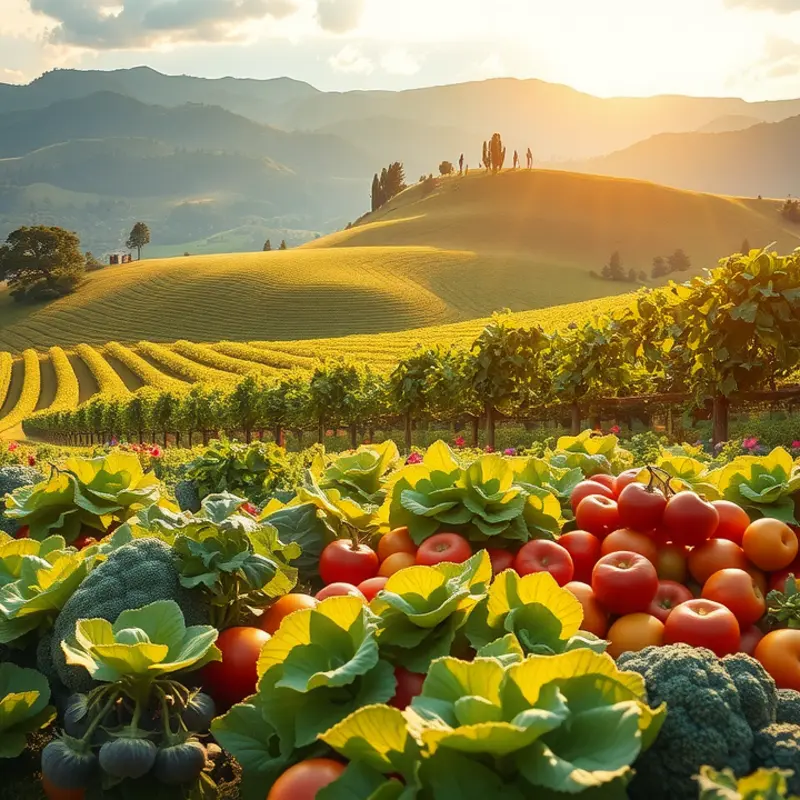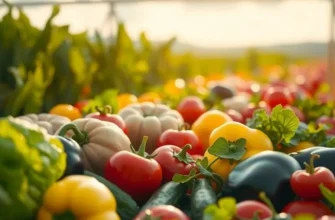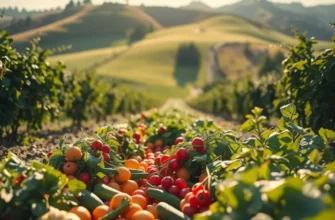Cooking shrimp can be quick and rewarding when you know the right techniques. This guide provides practical tips to help you achieve perfectly cooked shrimp, whether you’re a beginner or an experienced home cook. With just a few simple adjustments, you’ll impress your family and friends with succulent, flavorful shrimp dishes. Let’s get started on your path to shrimp mastery!
Selection of Fresh Shrimp

Choosing the right shrimp is the cornerstone of preparing mouth-watering dishes that showcase this versatile seafood. Let’s delve into the fine art of selecting fresh shrimp, touching on crucial aspects such as size, type, and shell options that can affect your culinary success.
When it comes to size, shrimp are usually classified by the number of individual shrimp per pound. Ranging from the petite ‘extra small’ to the opulent ‘jumbo,’ your selection should be guided by the dish you’re planning. Smaller shrimp are ideal for salads or pasta, while larger ones are perfect for grilling or as a standalone feature.
The type of shrimp you choose, whether wild-caught or farmed, significantly influences flavor and texture. Wild shrimp often boast a firmer texture and more intense flavor due to their natural diets and active lifestyles. Farmed shrimp, on the other hand, are more consistent in size and supply but can vary in taste depending on farming practices. Your choice might also reflect a personal commitment to sustainability. Shrimp farming has improved with many sustainable options available, ensuring minimal environmental impact.
When selecting fresh shrimp, whether shell-on or peeled makes a difference. Shell-on shrimp generally retain more flavor and moisture, which can be crucial for some recipes. They require a bit more work to prepare but are well worth it when aiming for a flavorful broth. Peeled shrimp, known for their convenience, might be preferred for quicker preparations.
Determining freshness is the next step towards shrimp excellence. Fresh shrimp should have a mild sea breeze aroma, not an overpowering fishy smell. Their shells should be transparent with a slight gloss, without any dark spots or discoloration. The bodies should feel firm and resilient when pressed gently.
Sustainable sourcing of shrimp is not just a current trend but a necessary practice. Overfishing and harmful farming practices can contribute to ecological imbalance. Opting for sustainably sourced shrimp means you are supporting efforts to preserve marine habitats and ensuring the long-term availability of this popular seafood. Look for certifications or speak to your fishmonger to understand the origins of your shrimp.
Lastly, make informed decisions by consulting resources like the Eco-Smart Kitchen Storage guide, which offers insights into maintaining the freshness of your shrimp while storing them responsibly.
With these considerations in mind, you can select shrimp that not only enhance your cooking but also align with your values of sustainability and quality. Armed with this knowledge, you’re well on your way to creating dishes that are both delectable and conscientious.
Cooking Techniques for Perfect Shrimp

Cooking shrimp to perfection may seem daunting, but mastering a few key techniques can transform this delicate seafood into a culinary delight. Three popular methods—boiling, sautéing, and grilling—offer unique flavors and textures. Understanding how to execute each will ensure your shrimp are tender, succulent, and thoroughly satisfying.
Boiling Shrimp
Boiling is a straightforward method that preserves the natural taste and texture of shrimp. Start by filling a large pot with enough water to cover the shrimp. Add a generous pinch of salt and your choice of aromatics, such as lemon slices, bay leaves, or peppercorns, to infuse flavor. Bring the water to a rolling boil over high heat.
Once boiling, add the shrimp and watch for them to turn opaque with a slight pink hue—this usually takes 2-3 minutes depending on their size. Do not overcook; overdone shrimp become rubbery. Immediately drain and rinse under cold water to stop the cooking process. Pair these shrimp with cocktail sauce or a homemade aioli for a refreshing dish.
Sautéing Shrimp
Sautéing offers a delightful depth of flavor through caramelization. Begin by heating a tablespoon of oil or butter in a skillet over medium-high heat. Once the pan is hot and the fat shimmers, add the shrimp in a single layer to ensure even cooking. Avoid overcrowding the pan, which can cause steaming instead.
Cook the shrimp for about 1-2 minutes on each side. You’ll know it’s time to flip them when their curled edges lift easily from the pan. Season with salt, pepper, and your favorite spices or herbs, like paprika or thyme, to enhance their taste. Serve with a side of roasted vegetables, or toss them into a pasta dish for a hearty meal.
Grilling Shrimp
Grilling infuses shrimp with smoky undertones, perfect for a barbecue. Start by skewering the shrimp to prevent them from falling through the grill grates. Brush lightly with olive oil and season them as desired—garlic powder and lime zest work wonders.
Preheat the grill to medium heat. Place the skewers directly over the heat, grilling for about 2-3 minutes per side. The shrimp should develop a slight char and be opaque. Baste them with a marinade of your choice or keep it simple with just a squeeze of lemon juice before serving.
Achieving Desired Doneness
The key to perfectly cooked shrimp is vigilance. Since shrimp cook quickly, a watchful eye is essential. Use visual cues to assess doneness—when they are firm and uniformly colored, they’re done. For more insights into quick seafood preparation, refer to this guide on speedy seafood prep.
Seasoning and Pairing Tips
While shrimp are versatile, the essence of their flavor can be elevated with subtle seasoning and perfectly paired sauces. Consider adding garlic butter or a hint of citrus for a refreshing note. Serve alongside tartar sauce or a spicy sriracha mayo for an extra kick. By mastering these techniques and creatively using seasonings, you’ll create memorable dishes each time you serve shrimp.
Final words
Perfectly cooked shrimp can enhance any meal, transforming simple ingredients into a delightful experience. By selecting the freshest shrimp and mastering essential cooking techniques, you set yourself up for culinary success. Whether you’re hosting a dinner party or preparing a weeknight meal, your shrimp will shine as a star ingredient. Remember to experiment with flavors and techniques to find what you enjoy the most. With these skills, you’ll be able to cook shrimp just the way you like them, every time.







